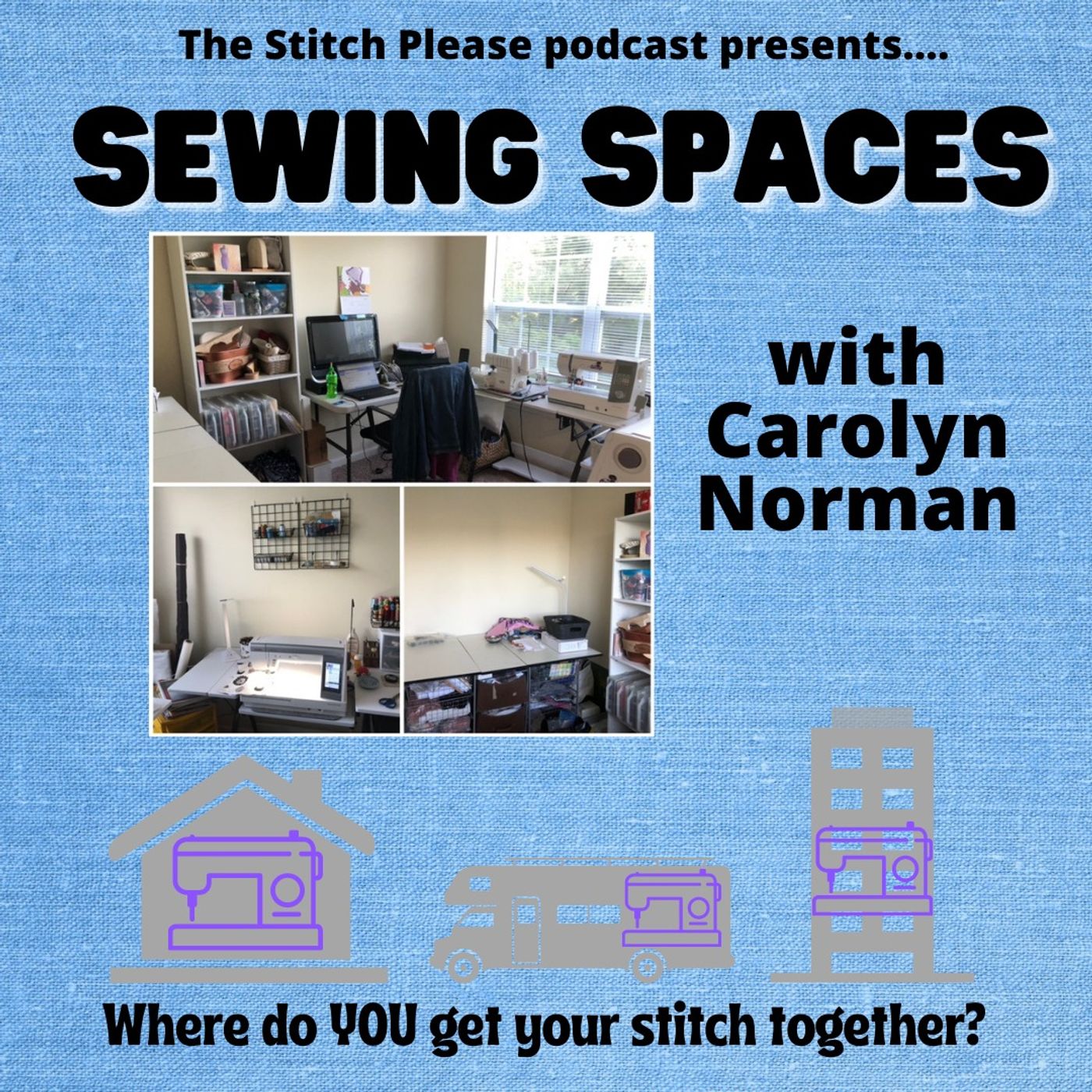Support the Stitch Please podcast and Black Women Stitch
$15 to the Paypal account for a Black Women Stitch lapel pin! DM or email your mailing to address for free shipping. You can also pay with Cash App
Sustained support also appreciated here:
For as little as $2 a month, your Patreon support means a lot: Join here Patreon
Jen Hewett
You can find Jen on her website and on instagram.
And she will have a fabric collection coming out in the spring of 2021. Her book, This Long Thread, will be published in Fall 2021. And she will be launching her 2021 Scarf Club soon! She has two home collections coming out Fall 2021. She is also working on a packaging redesign for a beloved personal care brand.
Learn more about and from Jen here:
https://hellogiggles.com/lifestyle/jen-hewett-artist-of-color-perfectionism/
https://creativemornings.com/talks/jen-hewett/1
Sign up for the Black Women Stitch quarterly newsletter
Check out our merch here
Leave a BACKSTITCH message and tell us about your favorite episode.
Join the Black Women Stitch Patreon
Check out our Amazon Store
Stay Connected:
YouTube: Black Women Stitch
Instagram: Black Women Stitch
Facebook: Stitch Please Podcast


